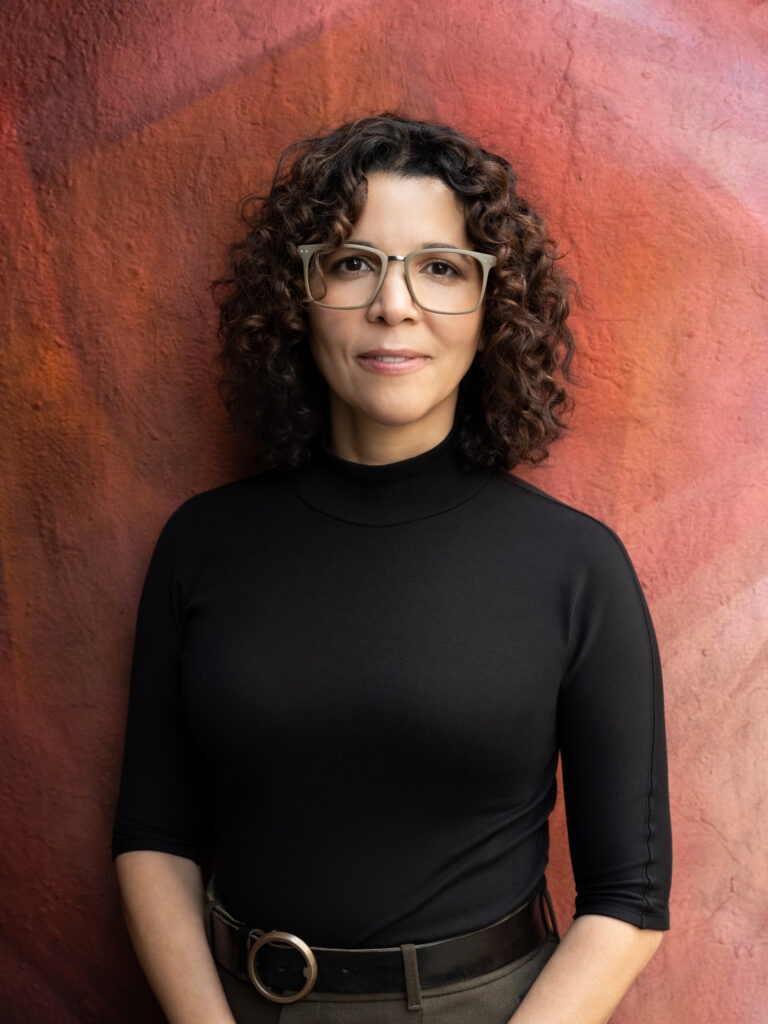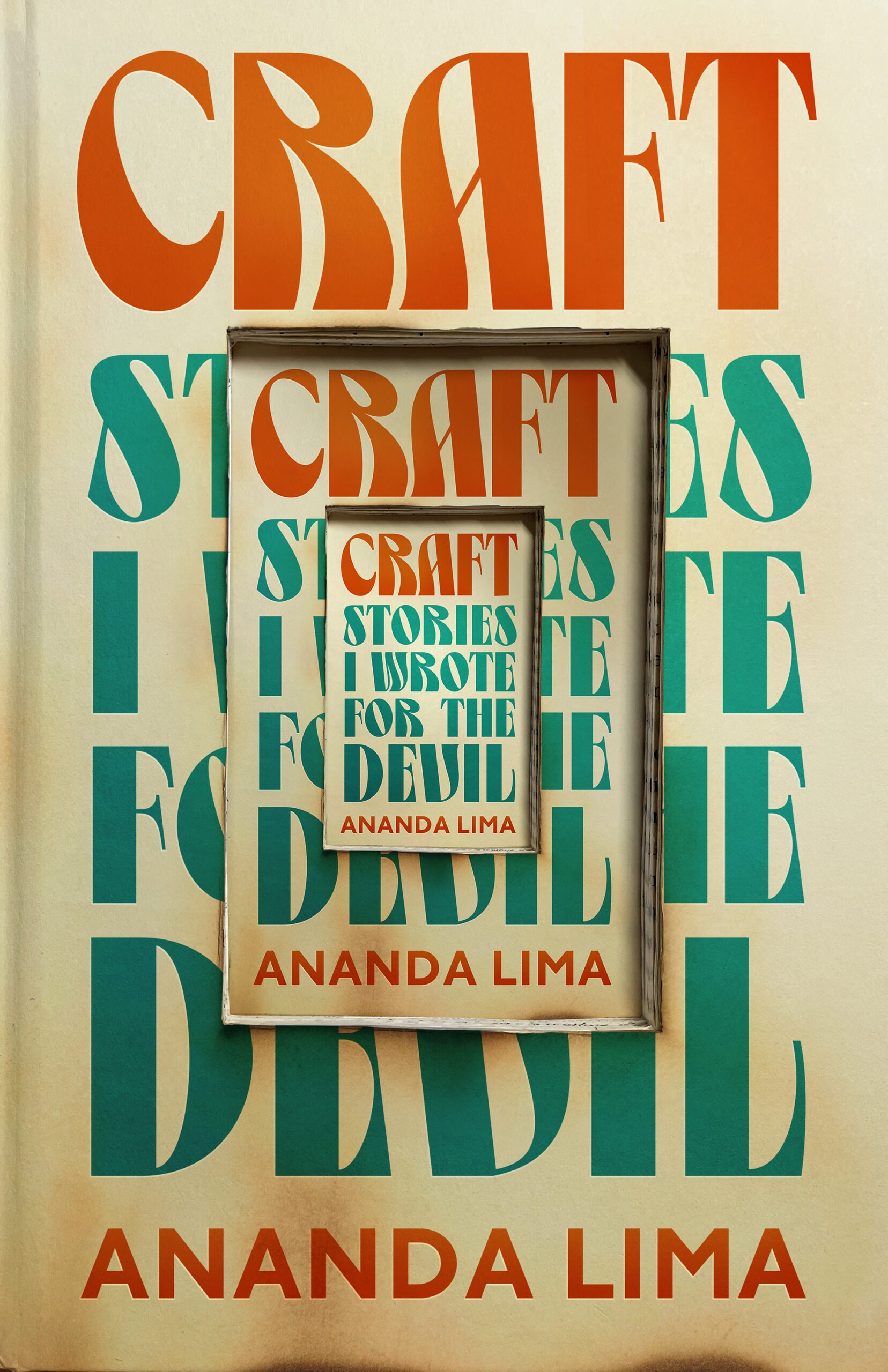
Some wise creative writing advice suggests that to achieve intimacy in your work, you should imagine yourself writing for just one other person. In her debut short story collection, Craft: Stories I Wrote for the Devil — out June 18 from Tor Books — Chicago-based writer Ananda Lima pushes this concept to its most absurd and effective limits. In the book’s opening pages, a character known as “the writer” sleeps with the Devil at a Halloween party, after which she crosses paths with him again and again throughout her life, writing stories for his benefit because it just so happens the Devil “loved, craved, many kinds of stories.” The result is a weird and witty, fun and unforgettable set of horror tales, full of heart and a longing for home.
This book is categorized as horror, but there are strands of fabulism and auto-fiction woven throughout, especially in your depictions of immigration, family, and the act of writing itself. Why do you think horror is having such a moment and when did you realize you were writing in this genre?
I only realized it when my publisher sent me their marketing materials. I got a kick out of it, because I am such a wimp; I am often too scared for horror. I admire it from afar. With movies, I am just too scared, so I read summaries online. Books are a little better, but I still need to pace myself so that I read certain parts during the day. So it was super fun to learn my book was being classified as horror.
As you brought up, the book has a lot of different elements that may typically belong to different categories (literary, fabulism, auto fiction). Even though I don’t think it is the most typical, traditional example of horror out there, I can see it. Seeing some of the early readers and reviewers’ reactions, I feel welcome. I remember a book editor friend saying to me that even if there is not a whole lot of scary in my book, one thing is that the horror reader is open to strangeness and discomfort. I love that.
Why did you need the actual Devil to be in your work?
The Devil was so fun to write. I had a vague idea of writing a story about the Devil as a kind of regular person, years ago. Much later, I started reading about the figure of the Devil, in particular the work of political theologist, Adam Kotsko (who is in Chicago), who traced the history of the character from medieval Christianity until today. There are so many twists and reversals.
The figure of the Devil has been used by oppressed people to make sense of their suffering, and also was used by people with power as a way to legitimize their terrible actions. The Devil is often used to deflect blame from real people and systems, much like it happens with marginalized groups — like immigrants and many others. But it is also an evocative figure that sparks the imagination. There are so many depictions in Brazilian Folk literature (called Cordel literature) and art, that are often funny and playful. The Devil brought a lot of thematic resonance and fun to this book. It is a big part of how it was constructed and how the book holds together.
You were born in Brasília, Brazil, but you’ve been here in Chicago for years; how does where you’re living influence your creative life?
Brasília is a very weird place in a fun way. It is a planned city and the architecture is the 1960s view of the future. I definitely think that growing up there shaped some weird interests and sensibilities in me.
Coming to Chicago was wonderful for many reasons, but a big one is the architecture. I lived in Los Angeles and New York before and wasn’t used to finding so much architecture that reminds me of home anymore. All the mid-century stuff, the brutalist stuff. This can understandably feel eerie and cold for others, but it feels like home to me.
Some people have the mistaken idea that writers are dark and damaged people, and that this twistedness fuels good work. But both “the writer” in Craft and you as a person are vivacious, fun, and funny individuals. How do humor and joy come into play for you as a writer and as yourself?
Thank you so much. I think it is so important to be able to engage with darkness and damage in art. But joy and awe are also so important. People work differently, but for me, I found that finding the joy in the work is crucial both to get me to finish, but also so that the final story works. I observe and cherish my joy as a reader. I learned to recognize that feeling when I really love something. When working on a story and re-reading my work, I want to find that same joy in my work. That is the goal.
Your dialogue is exquisite — hilarious and real. What’s your secret?
This question makes me so happy because I am a fan of your beautiful writing and it is wonderful hearing this from you. I think dialogue works for me when I really let the characters speak. It is where I most have to focus on removing myself and letting the story play out. I most often don’t know exactly what characters will say or where exactly they will go, but I know what they are feeling — even if they, or I, haven’t put that to words yet. I have to let them speak freely as themselves and only come back and look at it critically later.
You write vividly about food — cashews and brigadeiros and cassava cake and more! — what’s your favorite place to eat in Chicago? In Brazil?
Chicago is such an amazing place for food. I can’t pick a favorite. I had recent delicious meals at Casa Yari, Planta Queen, and Urban Vegan. In Brazil, my absolute favorite is an Acarajé from a street vendor.



